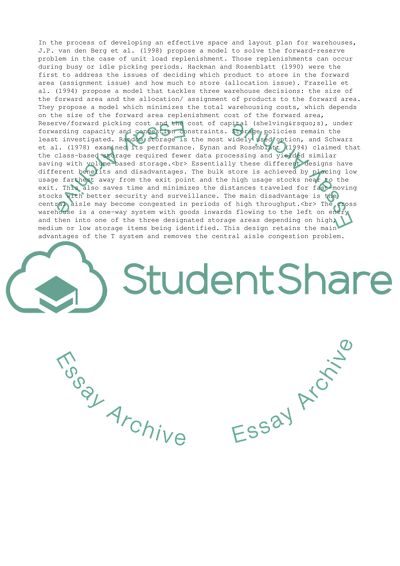Cite this document
(Warehousing and Inventory Management of Seven-Eleven Japan Case Study, n.d.)
Warehousing and Inventory Management of Seven-Eleven Japan Case Study. Retrieved from https://studentshare.org/management/1524912-warehousing-and-inventory-management-essay
Warehousing and Inventory Management of Seven-Eleven Japan Case Study. Retrieved from https://studentshare.org/management/1524912-warehousing-and-inventory-management-essay
(Warehousing and Inventory Management of Seven-Eleven Japan Case Study)
Warehousing and Inventory Management of Seven-Eleven Japan Case Study. https://studentshare.org/management/1524912-warehousing-and-inventory-management-essay.
Warehousing and Inventory Management of Seven-Eleven Japan Case Study. https://studentshare.org/management/1524912-warehousing-and-inventory-management-essay.
“Warehousing and Inventory Management of Seven-Eleven Japan Case Study”, n.d. https://studentshare.org/management/1524912-warehousing-and-inventory-management-essay.


